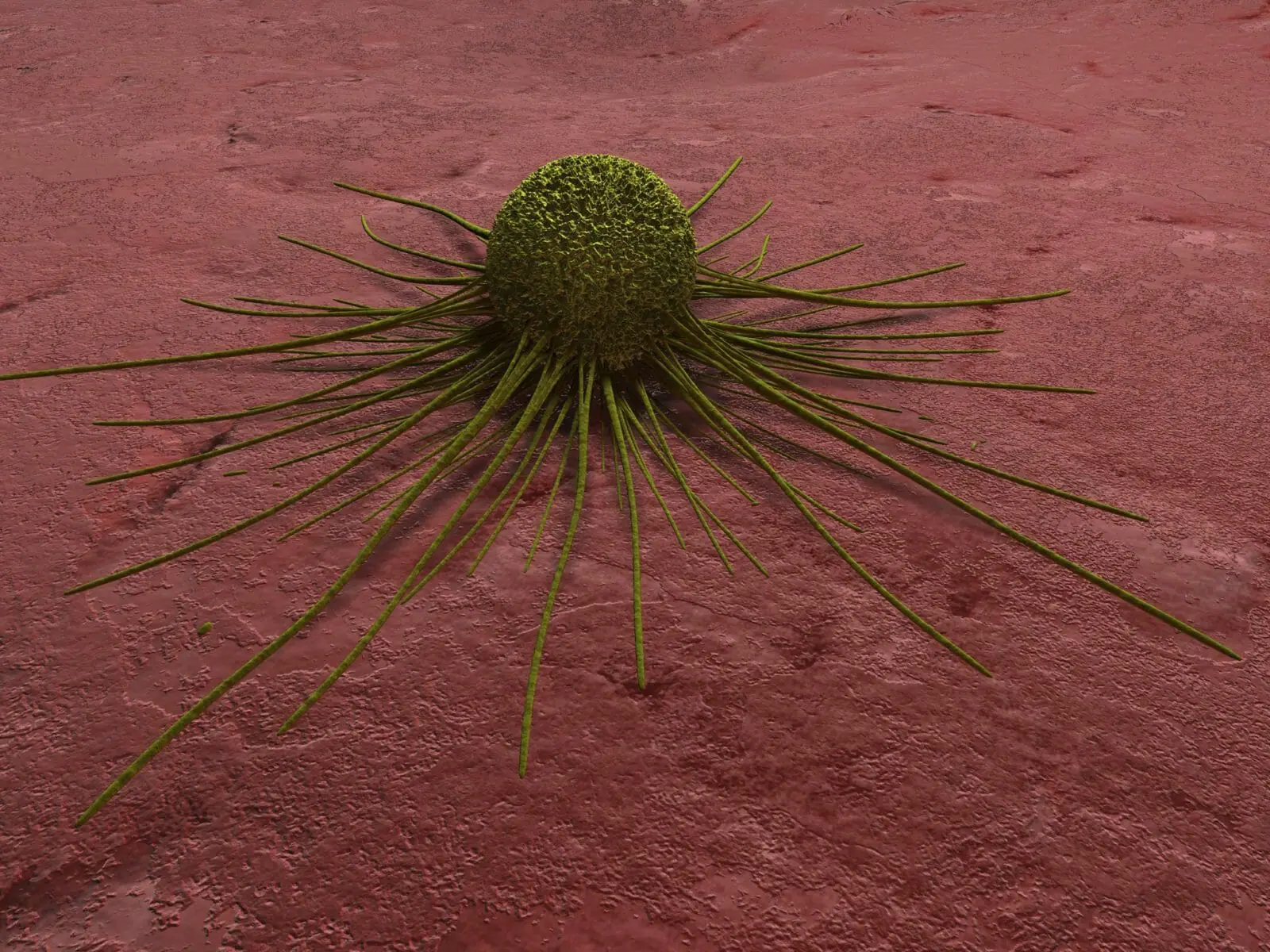
Growing up, we are told that eating a balanced diet is pivotal to our health. After all, food is what supplies our body with the energy we need day to day.
And it’s well understood that obesity, diabetes and chronic inflammation – common ailments tied to diet – hinder our health, often contributing to a higher chance of developing cancer. But the mechanism underlying this increase has not been well established – until now.
Athena Aktipis, assistant professor in the Psychology Department at Arizona State University, associate faculty in the Biodesign Center for Biocomputing, Security and Society and co-leader of the Arizona Cancer Evolution (ACE) Center, teamed up with researchers at the National Cancer Institute to develop a computational model that illustrates why these individuals are at risk.
Published in Evolution, Medicine, and Public Health, their research exhibited that an oversupply of energy to our tissue could serve as a precursor to cancer development.
There are a wide variety of drivers for cancer development: mutations, injury, congenital disorders, unhealthy habits. But many studies discount the importance of the microenvironment. Much like how humans need an environment with food and water to survive, cancer cells need tissue that provides them with oxygen and nutrients.
Cancer forms when your cells replicate uncontrollably and evade your body’s mechanisms for killing off faulty, non-healthy cells. As these cancer cell populations increase in numbers, they begin to hijack the resources in their microenvironment, kicking out normal, healthy cells.
However, for most individuals there is a limit to the amount of energy certain tissues can supply to these cells, preventing cancer cell populations from growing past a certain point. When there is an oversupply of energy to tissue, it provides an ideal environment for cancer growth.
Using a computational model that gauges somatic cell evolution in different microenvironments (those with higher and lower energy supply), the researchers were able to establish a connection between an oversupply of vascular energy and the development of cancer.
In environments where there was more energy, there was a higher chance that normal, healthy cells would evolve some of the defining traits of cancer, such as excessive proliferation and invasion of tissue.
So what does this mean to us? This information provides a means to understanding why ailments that produce a disproportionate amount of energy to our tissues – such as chronic inflammation, obesity and diabetes – result in a higher incidence of cancer, while shedding light on potential strategies humans can employ to reduce this incidence.
By exercising (using up energy) and by limiting what we eat (reducing flow of energy to tissues), we can reduce the chance that cancer gains a foothold in our bodies.
To read more on the research, click here.
